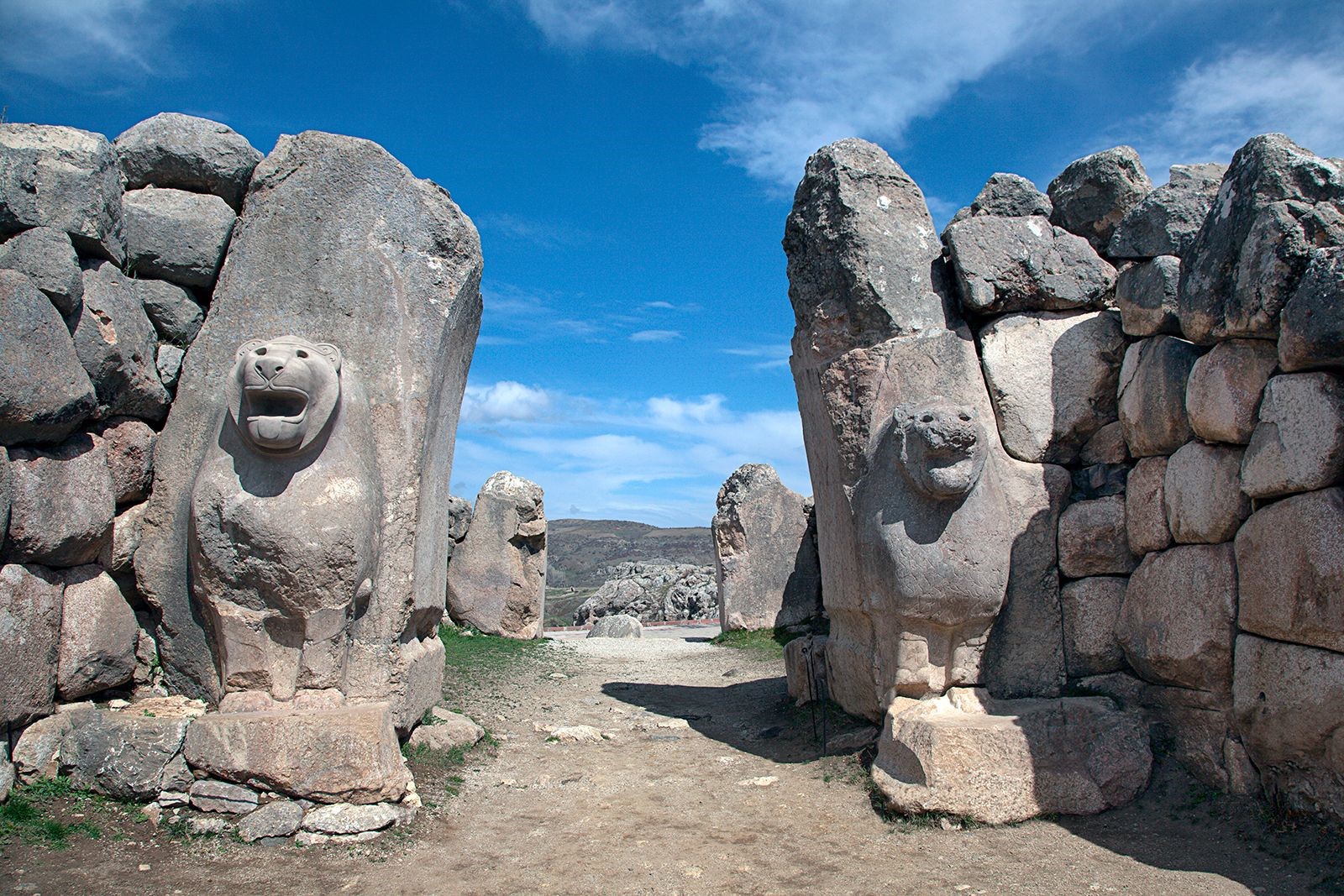Free Courses Sale ends Soon, Get It Now


Free Courses Sale ends Soon, Get It Now



Disclaimer: Copyright infringement not intended.
Context
Details
Historical Background
Discovery of a New Indo-European Language
Linguistic Significance
About Boğazköy-Hattusha
Historical Background:
Archaeological Significance:
Cultural and Historical Significance:
Conclusion
The discovery of the Kalasmaic language within the Boğazköy-Hattusha archives is a significant contribution to our understanding of the linguistic diversity of the Late Bronze Age Anatolia. It sheds light on the rich tapestry of languages spoken and recorded during this period, providing valuable insights into the cultural interactions and exchanges of the time. This discovery underscores the ongoing importance of archaeological excavations in unraveling hidden aspects of our shared human history.
|
PRACTICE QUESTION Q. Which of the following statements about the Hittites is/are correct?
Options: A) 1 and 2 B) 2 and 3 C) 1 and 3 D) 1 only Answer: C) |
https://phys.org/news/2023-09-indo-european-language-excavation-turkey.html
© 2024 iasgyan. All right reserved